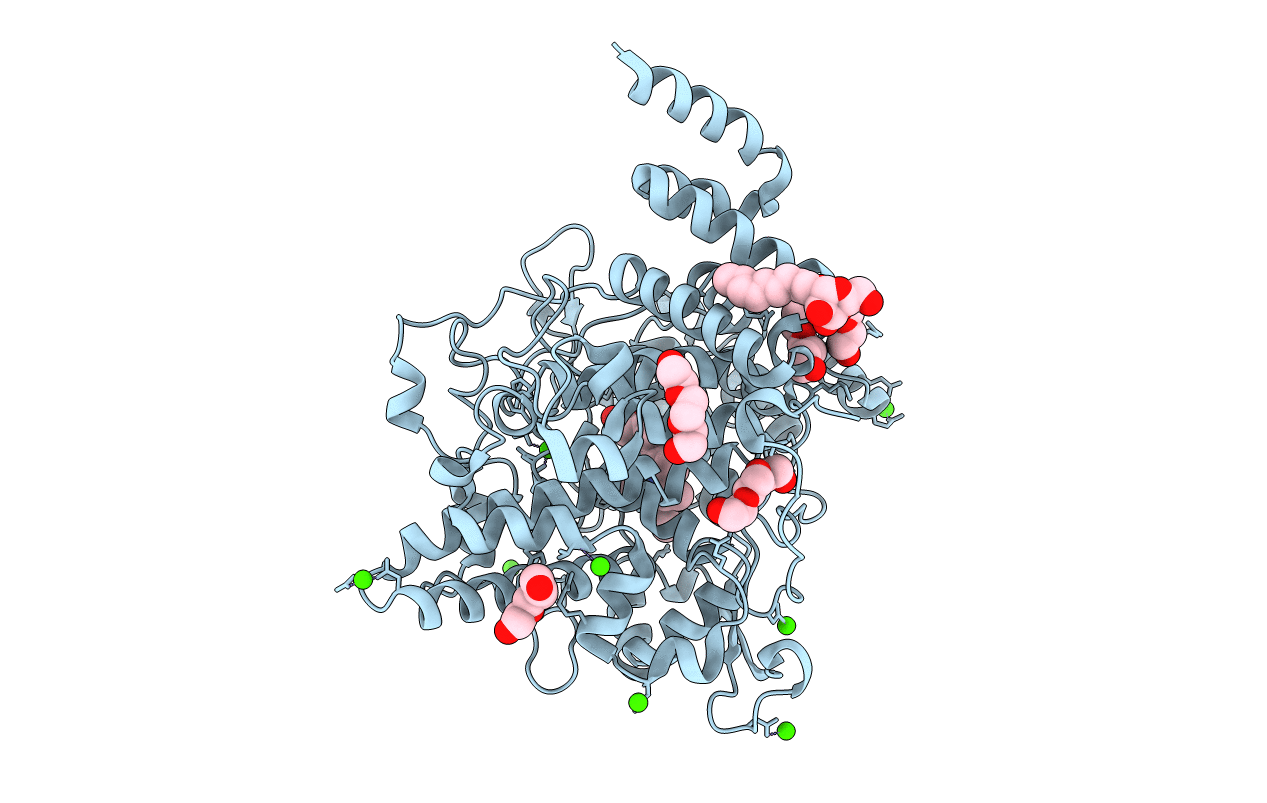
Deposition Date
2012-10-10
Release Date
2013-02-20
Last Version Date
2024-02-28
Entry Detail
PDB ID:
4HHR
Keywords:
Title:
Crystal Structure of fatty acid alpha-dioxygenase (Arabidopsis thaliana)
Biological Source:
Source Organism:
Arabidopsis thaliana (Taxon ID: 3702)
Host Organism:
Method Details:
Experimental Method:
Resolution:
1.51 Å
R-Value Free:
0.18
R-Value Work:
0.15
R-Value Observed:
0.15
Space Group:
P 43 2 2


